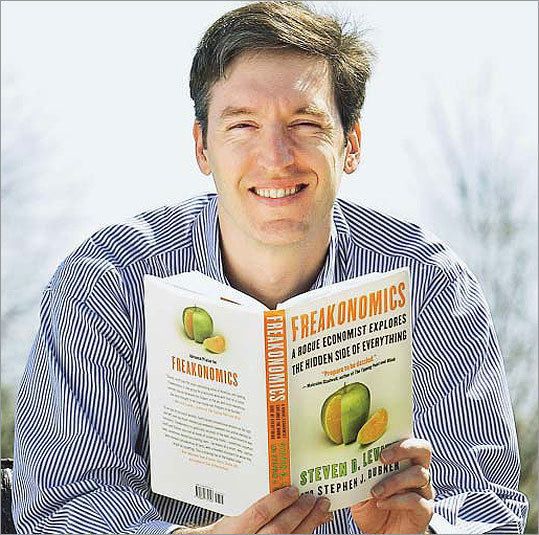This week we begin to find out which of President Trump’s campaign and transition promises are real, which just bombast or some combination. A number involved abortion, including promises to place “pro-life” justices on SCOTUS, deprive Planned Parenthood of any federal funding, sign legislation further restricting pregnant women’s choices and his statement that “there has to be some form [of punishment] for women” who obtain an abortion.
Just in time for Trump’s inauguration, results were reported of the most comprehensive recent survey of lawful abortions in the United States. The Guttmacher Institute’s study revealed that in 2014 the abortion rate declined to its lowest level since the 1973 Roe v. Wade decision, that ruled unconstitutional outright bans and severe restrictions on abortion in many and indeed most American states.
 Unless one holds the opinion that abortions are no big deal, typified by the slogan “if men could get pregnant abortion would be a sacrament” variously attributed to feminists Florynce Kennedy and Gloria Steinem, the steady and steep decline in abortions is good news. Unless it results from unreasonable and unconstitutional burdens on women’s rights. The pro-choice forces immediately made that assertion and the anti-abortion movement likely believes and celebrates that as well – but so far has not taken credit. In any event this assertion of cause and effect must be correct as well as the pro-choice assertion that the decline is in part a product of wider availability of effective contraceptives, because of Obama Care. That causal relationship, also unproven, is also obviously correct.
Unless one holds the opinion that abortions are no big deal, typified by the slogan “if men could get pregnant abortion would be a sacrament” variously attributed to feminists Florynce Kennedy and Gloria Steinem, the steady and steep decline in abortions is good news. Unless it results from unreasonable and unconstitutional burdens on women’s rights. The pro-choice forces immediately made that assertion and the anti-abortion movement likely believes and celebrates that as well – but so far has not taken credit. In any event this assertion of cause and effect must be correct as well as the pro-choice assertion that the decline is in part a product of wider availability of effective contraceptives, because of Obama Care. That causal relationship, also unproven, is also obviously correct.
 In 2005 “Freakonomics” by Levitt and Dubner amplified the research first reported by Stephen Levitt and John Donohue in 2001 on the strong correlation between the wide availability of abortion and large decreases in crime. The Donohue/Levitt hypothesis is that male children of mothers who wanted to but could not obtain abortions are far more likely to commit crimes than “wanted” children. The reduced birth of such boys following Roe closely correlated with large reductions in crime, beginning roughly 18 years after the decision. That is when these unborn boys would have reached the beginning of the peak (18 to 24) period for commission of crime.
In 2005 “Freakonomics” by Levitt and Dubner amplified the research first reported by Stephen Levitt and John Donohue in 2001 on the strong correlation between the wide availability of abortion and large decreases in crime. The Donohue/Levitt hypothesis is that male children of mothers who wanted to but could not obtain abortions are far more likely to commit crimes than “wanted” children. The reduced birth of such boys following Roe closely correlated with large reductions in crime, beginning roughly 18 years after the decision. That is when these unborn boys would have reached the beginning of the peak (18 to 24) period for commission of crime.
The research supporting this uncomfortable conclusion also shows that big reductions in crime occurred earlier in states like Alaska, California, Hawaii and New York, where lawful abortion was widely available before Roe. It also shows that states with the highest abortion rates experienced the steepest crime reductions.
The recent Guttmacher Institute survey spotlights another strong correlation and uncomfortable but self-evident conclusion – that the wide availability of abortion has reduced the birth of females highly likely to have abortions once they become sexually active.
Roe v. Wade established a woman’s right to choose whether to terminate her pregnancy. It has also been a powerful force in breaking recurring cycles of poverty, of crime and yes of abortion.



0 Comments